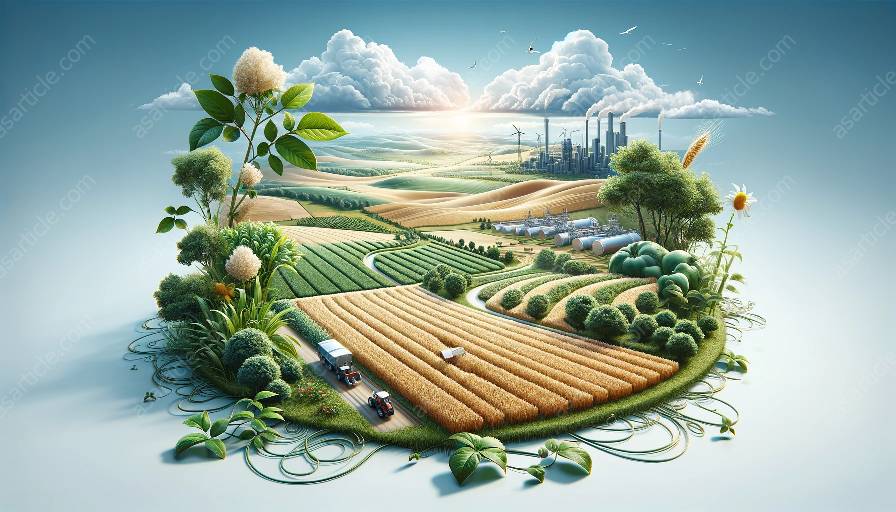Soil is a fundamental component of the Earth's ecosystem, playing a crucial role in supporting plant life, maintaining biodiversity, and regulating water and nutrient cycles. In the field of agricultural soil science, understanding the soil profile is essential for sustainable land management and crop production. This comprehensive guide will delve into the concept of soil profile, its layers, and their significance in agricultural sciences.
What Is Soil Profile?
Soil profile refers to the vertical arrangement of different soil layers, known as horizons, from the surface down to the parent material. These horizons are formed as a result of various soil-forming processes, such as weathering, organic matter decomposition, and mineral accumulation. The distinct characteristics of each horizon influence soil fertility, drainage, and root development, making soil profile a critical factor in agricultural practices.
Layers of Soil Profile
1. O-Horizon (Organic Layer)
The topmost layer consists of organic matter in various stages of decomposition, such as fallen leaves, plant residues, and humus. This layer forms a vital part of the soil profile, promoting nutrient cycling and providing a habitat for soil organisms.
2. A-Horizon (Topsoil)
Rich in organic matter and mineral particles, the A-horizon is a zone of high biological activity. It is the primary layer for root growth and nutrient uptake by plants. Its dark color is indicative of organic content and favorable conditions for agriculture.
3. E-Horizon (Eluviation Layer)
The E-horizon is characterized by the process of eluviation, whereby minerals and organic matter are leached from the soil, leaving behind a pale or light-colored layer. This layer facilitates the movement of water and nutrients through the soil profile.
4. B-Horizon (Subsoil)
The B-horizon contains accumulated minerals and clay particles that have been transported from the upper layers through leaching and translocation processes. It often exhibits reddish or brownish colors due to the presence of iron and aluminum oxides.
5. C-Horizon (Parent Material)
Comprising partially weathered or unweathered rock fragments, the C-horizon serves as the source material from which the overlying horizons develop. Its characteristics influence the properties of the upper layers and play a role in determining the suitability of the soil for agricultural use.
Significance in Agricultural Sciences
The study of soil profile is invaluable for agricultural sciences, offering insights into various aspects essential for productive and sustainable farming:
- Soil Fertility: The distribution of organic matter, nutrients, and microbial activity within the soil profile directly impacts its fertility, influencing crop growth and yield.
- Water Retention and Drainage: The arrangement of soil horizons affects water-holding capacity and drainage, critical for irrigation management and prevention of waterlogging.
- Root Penetration: Understanding the depth and characteristics of soil layers helps determine the suitability of crops and their root systems for effective nutrient uptake and anchorage.
- Soil Management Practices: Knowledge of soil profile guides decisions related to tillage, fertilization, and crop rotation to optimize agricultural productivity while minimizing environmental impact.
Conclusion
In conclusion, soil profile is a foundational concept in agricultural soil science, providing a roadmap for understanding the dynamic interactions between soil, plants, and the environment. By recognizing the distinct properties and functions of each soil horizon, farmers and land managers can make informed decisions to improve soil health, enhance crop productivity, and sustainably utilize natural resources. As agricultural sciences continue to evolve, the significance of soil profile in shaping modern farming practices cannot be overstated.

